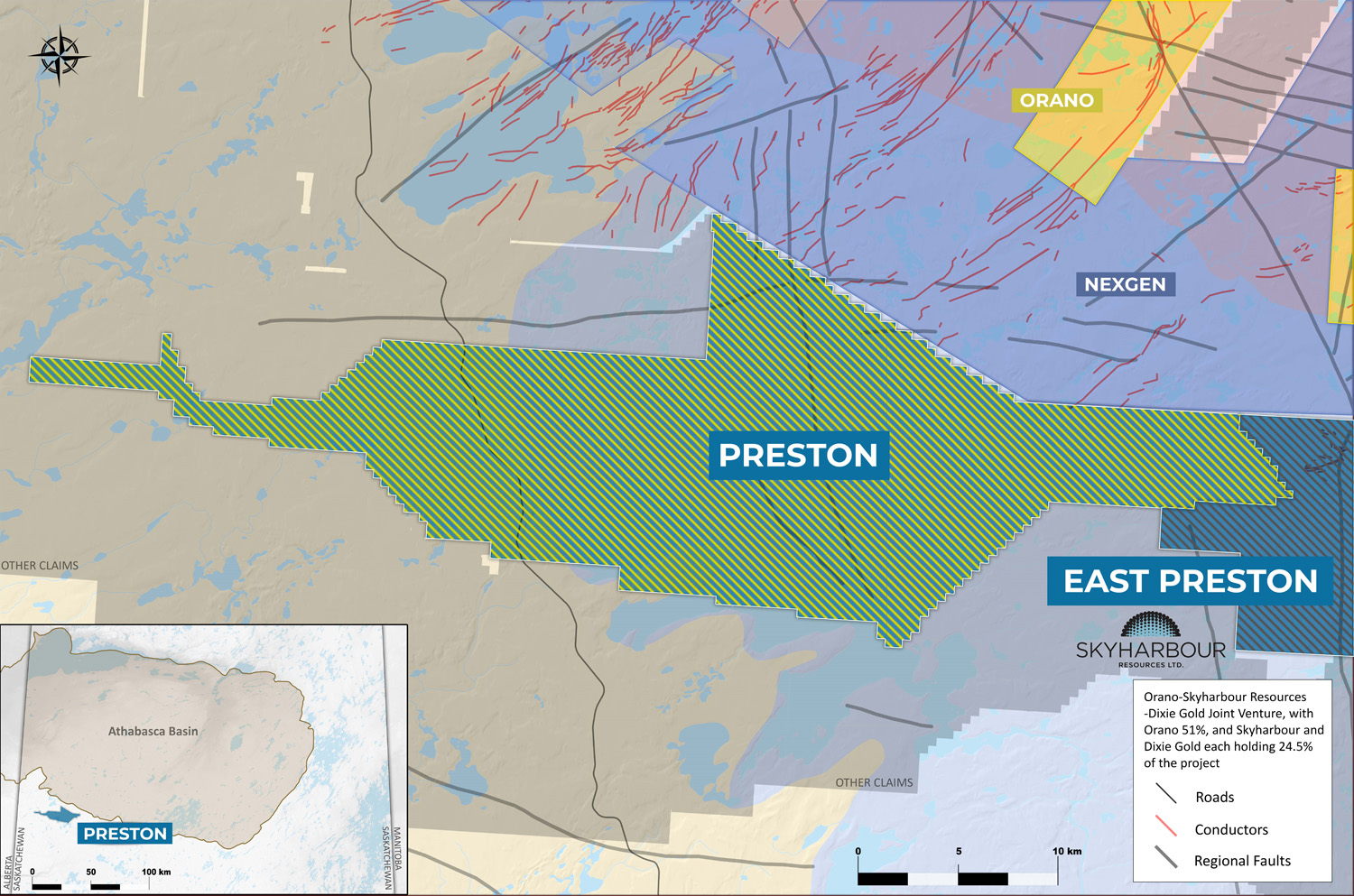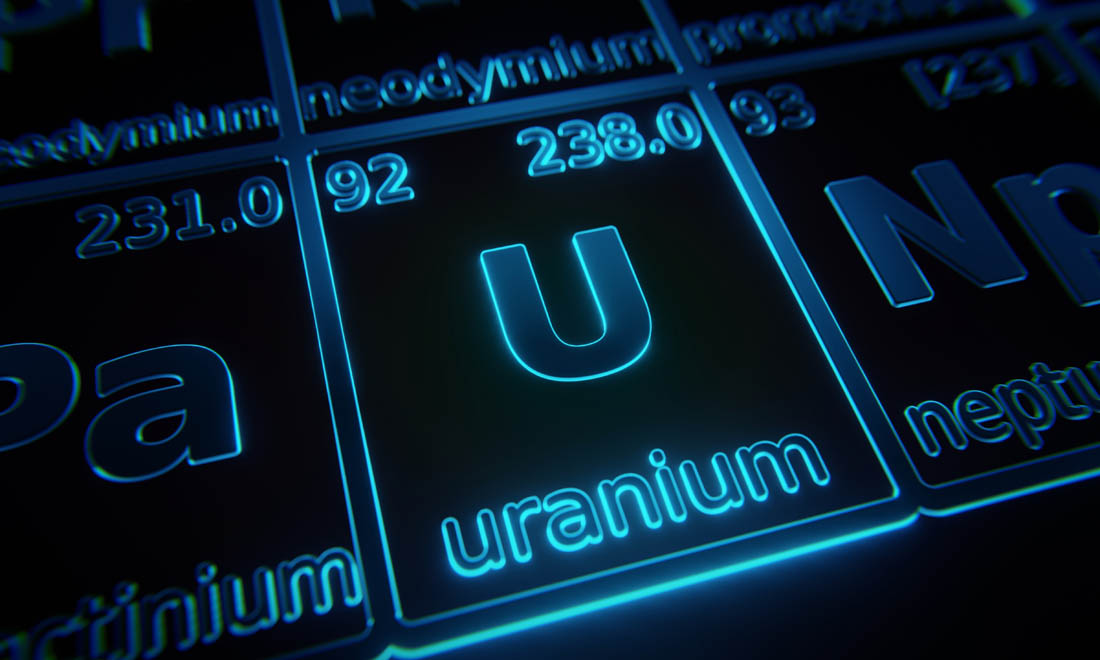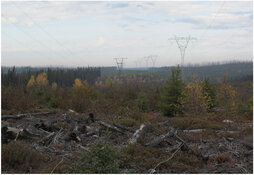What is happening on this front is important—and surprising—to the energy markets.
Following the meltdown of the Fukushima Daiichi reactors last March, many people (quite naturally) thought that prospects for building large-frame nuclear power plants would now be off the table.
After all, close to one year after the disaster, Japan has yet to bring more than a few of its 54 reactors back online.
The central issue for Japan remains the economic impact of weaning itself off reactor-generated electricity. The island nation has no domestic energy resources and has to import virtually all of its oil and liquefied natural gas (LNG). That reality has forced Tokyo to backtrack on its commitment to curb Iranian crude imports only days after saying it would support the new U.S. and European Union sanctions. Between 10% and 15% of daily Japanese oil imports comes from Iran.
When it comes to energy, the country faces a serious conundrum. . .
With its nuclear web severely impaired, and no alternative domestic sourcing to turn to, the Japanese economy is rapidly moving into an energy constriction. It faces much higher prices ahead.
And Japan is not alone.
A similar problem now looms in nearby Taiwan, where the fate of its current and future nuclear plans is under debate. The island imports 98% of its conventional energy.
In Europe, under considerable local political pressure, Germany has decided to phase out nuclear power completely. That decision matches similar pledges in Belgium and Switzerland.
Elsewhere, however, the trend is far different.
And it is providing prospects that are creating some more positive estimates by the industry. . .and, potentially, for investors.
France Takes the Lead
Take France, perhaps the best example of a nation that had committed to nuclear sourcing for its electricity some time ago. About 80% of all power generated in the country comes from its 58 operating reactors.
And rather than deemphasizing the use of its reactors, the French government has decided to spend at least 10 billion (B) euros (about $12.8B at the current depressed euro-to-dollar exchange rate) to upgrade its reactors to withstand more severe earth tremors.
Meanwhile, in Asia, China has 13 reactors in operation and 28 under construction. The country plans to raise the total to 102 in order to meet its swelling demand for electricity.
India has two reactors in operation (although one was shut down to repair a malfunction last week). The country has seven under construction, with plans to build 20 more.
Vietnam, Indonesia and Thailand have also announced intentions to develop nuclear power. Even South Korea, despite its close proximity to Japan and local concern over the Fukushima tragedy, continues to operate 21 nuclear facilities and intends to construct an additional 18.
All told, despite the political and environmental moves to end nuclear power, the global increase in reactors was inevitable. According to Sergei Kiriyenko, head of Russia's state atomic energy company Rosatom (and the person overseeing a major nuclear energy buildup of his own), the number of plants worldwide will double in the next 20 years.
The pressure is fueled (no pun intended) by the advancing age of the current nuclear infrastructure. The average operating reactor around the world is now 27 years old. Most facilities require overhauls, refurbishment and, in some cases, full replacement.
In the U.S., there has not been a new nuclear reactor put into service since 1974. That means the average age is much more pronounced than in the world in general—more than 40 years.
Currently, even with the aftermath of the Japanese tragedy, there are 24 submissions for new nuclear plants under review by U.S. officials.
Assessing the Economic Impact
Last week, the Maryland Board of Public Works approved a wetlands report on the UniStar Nuclear Energy LLC plan for a third reactor at the Calvert Cliffs Nuclear Power Plant.
This would be the first new American nuclear facility in almost four decades.
With no reactors in the U.S. designed to withstand more than a 7.5 quake (Fukushima came in at 9.0), and few in Europe or elsewhere able to cope with such a level, the expense of upgrading plants will be significant.
The €10B bill announced by France, therefore, is likely just a starting point.
We're going to see a lot of money spent in this sector. . .
The real issue, of course, is how to offset the adverse economic impact of either upgrading the reactors or dispensing them altogether.
France gives us the first reading in the former case; Germany may be the bellwether in the latter.
Preliminary surveys suggest that German end-users will face hefty increases in electricity costs once the nuclear grid is disabled.
For the environmentally sensitive, phasing out reliance on nuclear power may be the preferable approach (and after Chernobyl and Fukushima, good reasons exist for such concerns).
But for an international economy teetering after a recession and still facing a debt crisis in Europe (a meltdown of another sort), questions of cost will continue to plague the nuclear debate.
Meanwhile, companies specializing in nuclear reactor maintenance—led by the French, Japanese and Russians, and not surprisingly, given their country's domestic commitments—may experience a rise in modernization contracts on existing reactors.
If you consider only operating and not construction costs, nuclear power is cited as the cheapest source of electricity. But rising costs in refurbishment, repair and upkeep have begun to take their toll. These costs are reducing the economic advantages nuclear maintains over other renewable/alternative energy sources.
In the end, this means the real beneficiary from this ongoing drama may ultimately be solar, geothermal and wind power companies.
Kent Moors, Money Morning



































